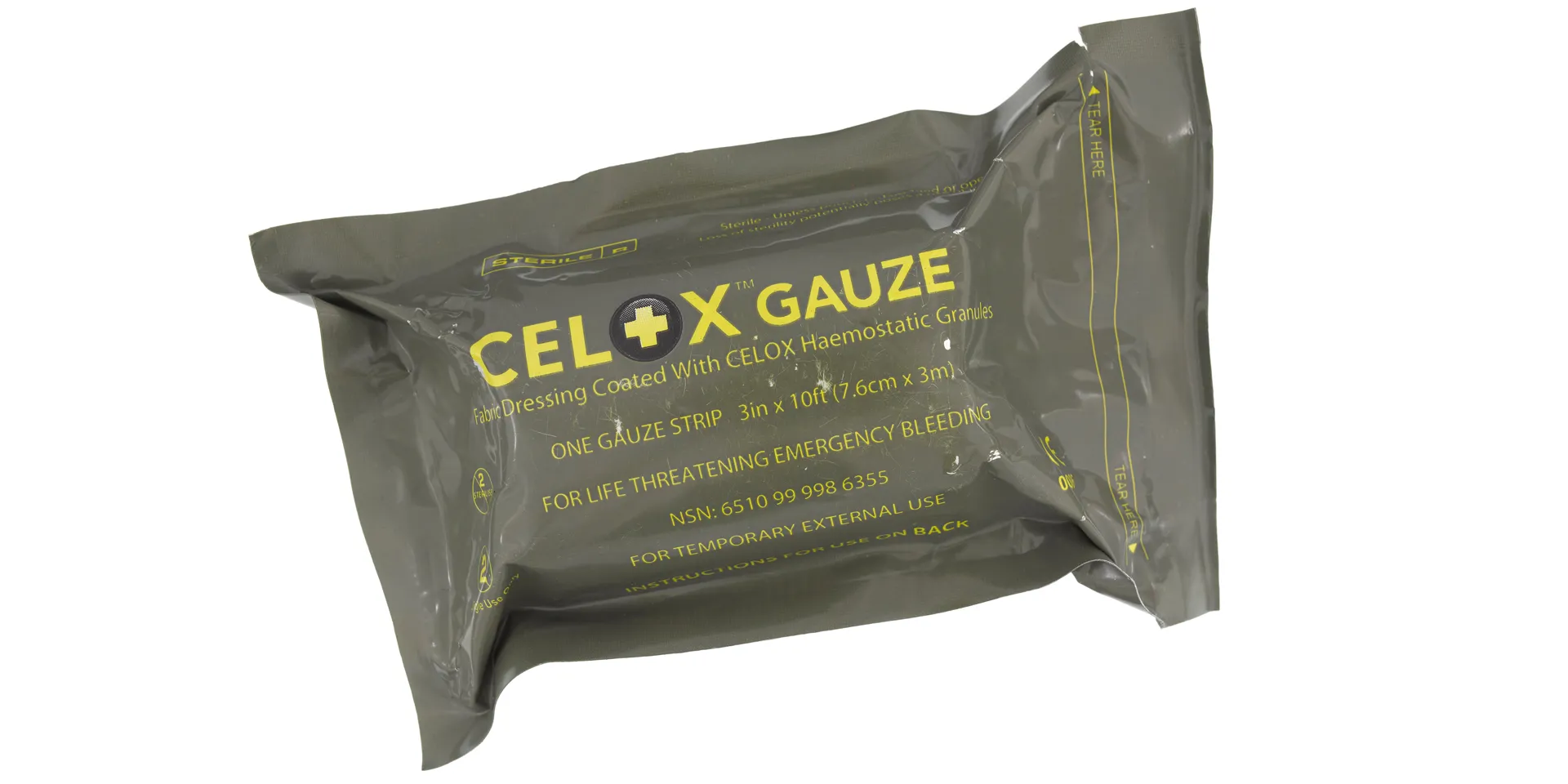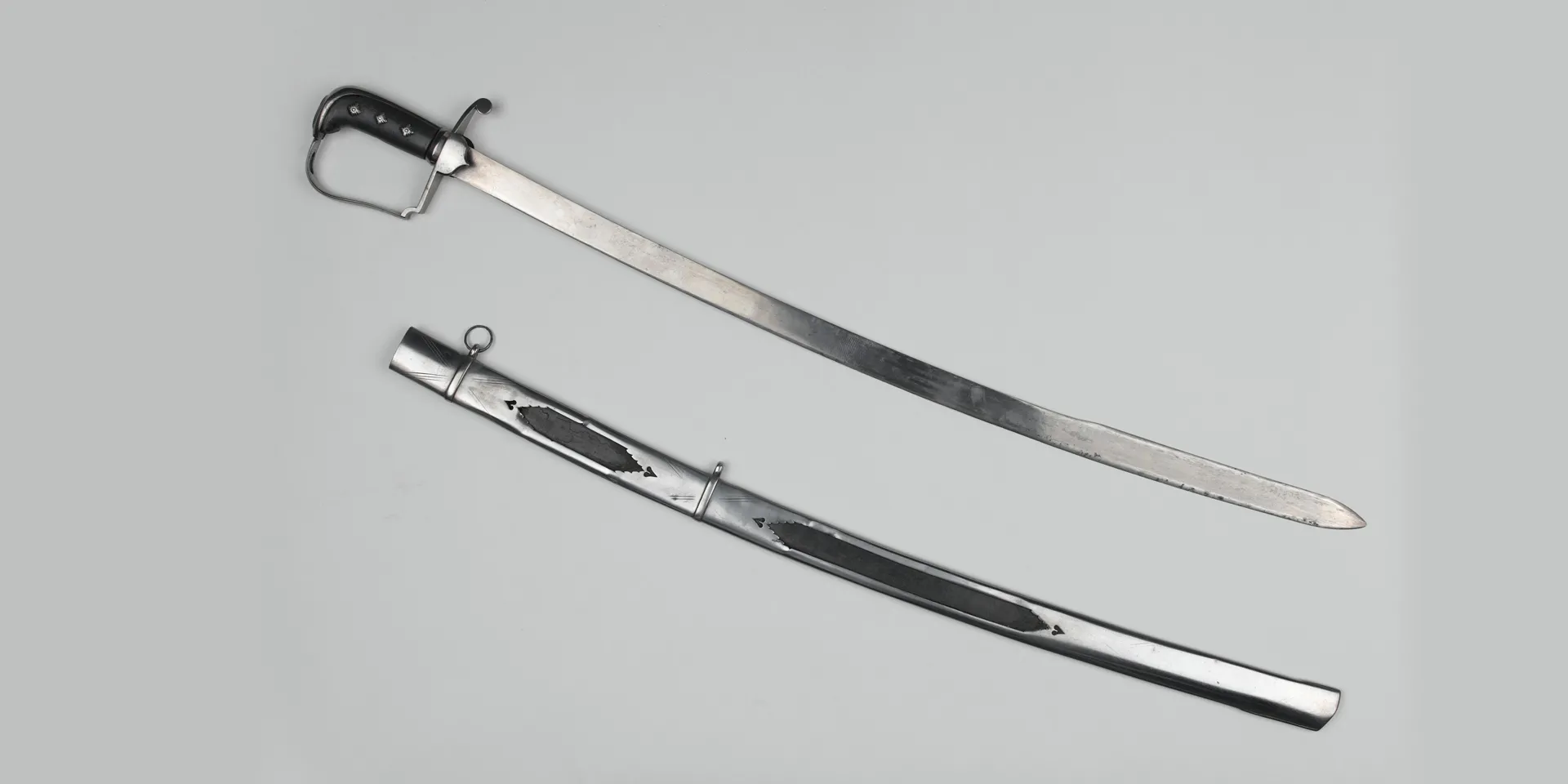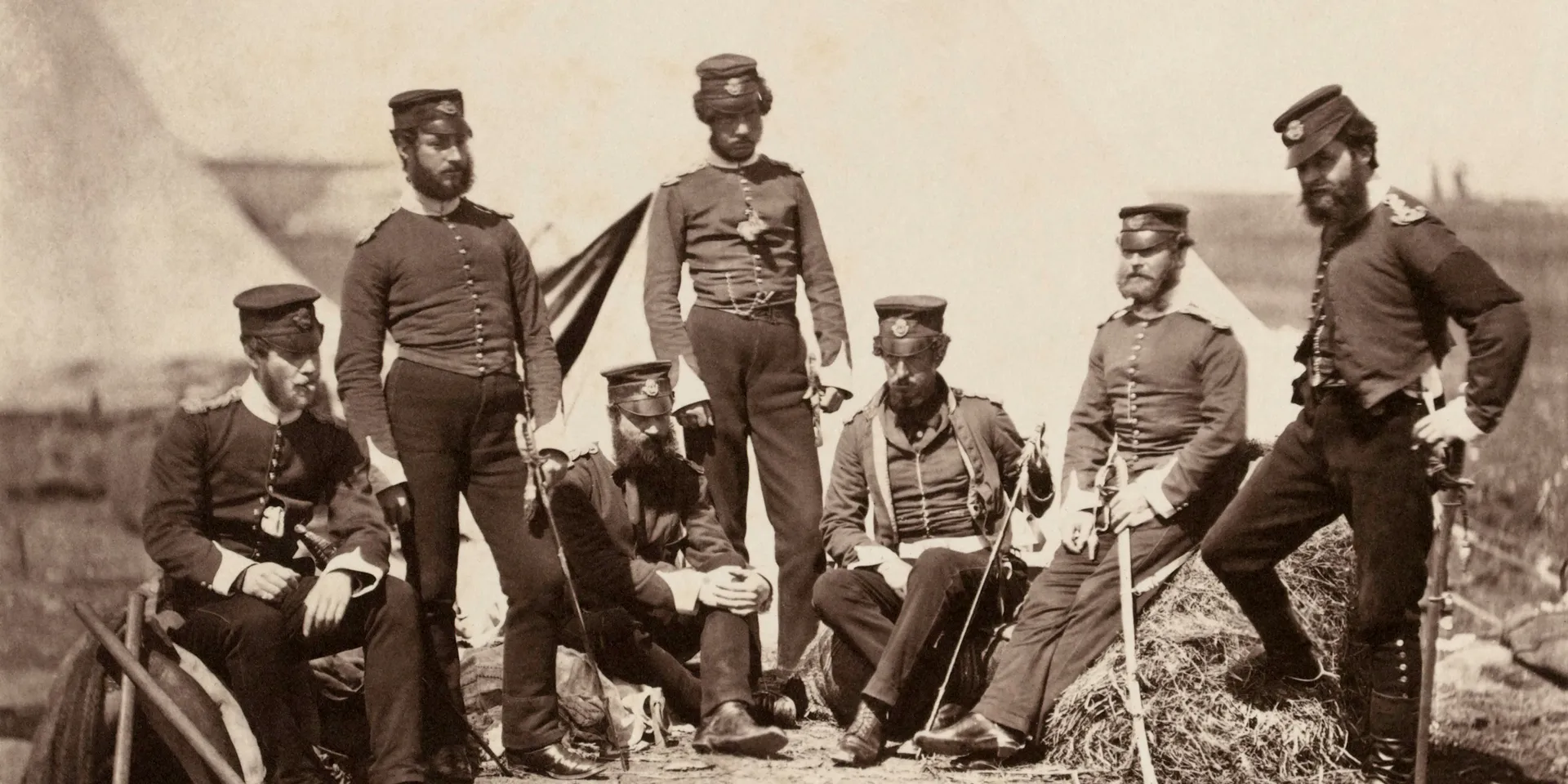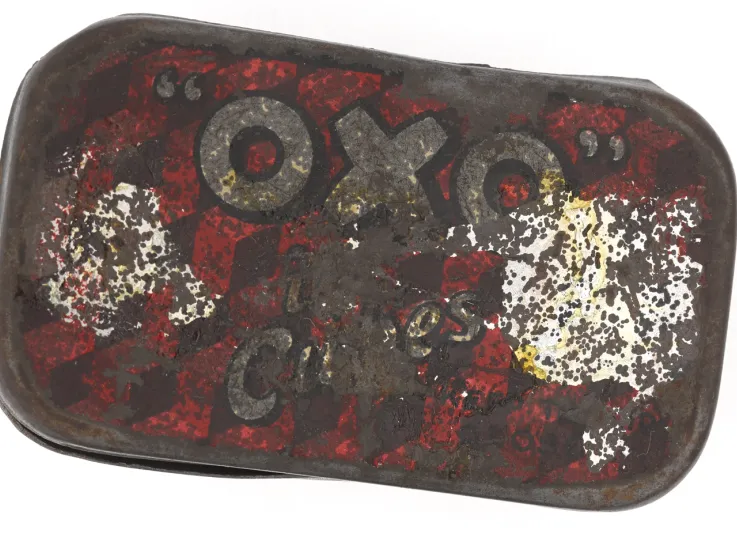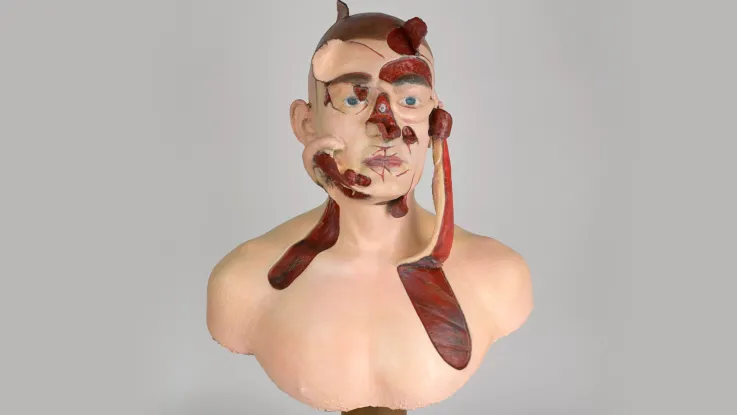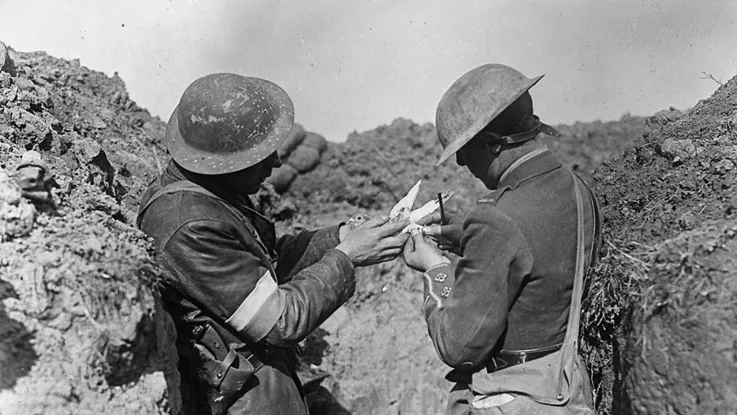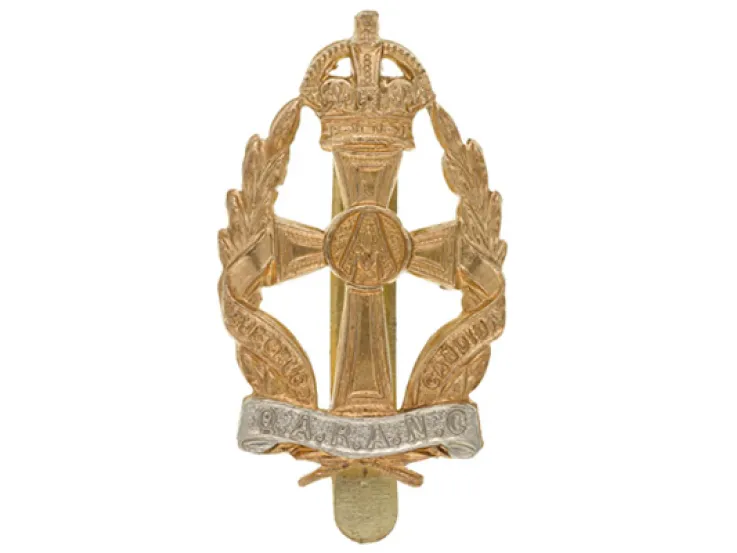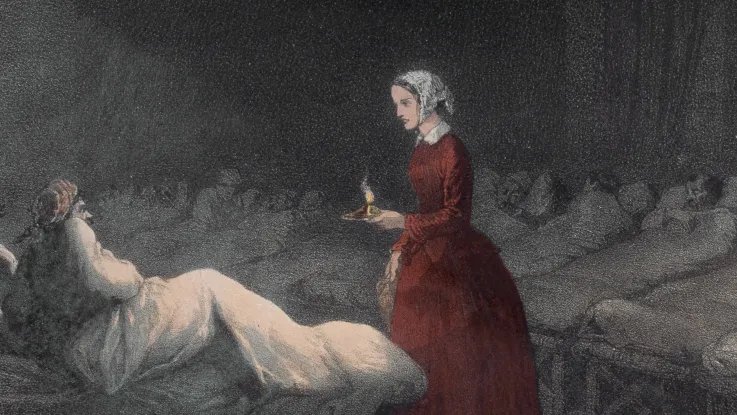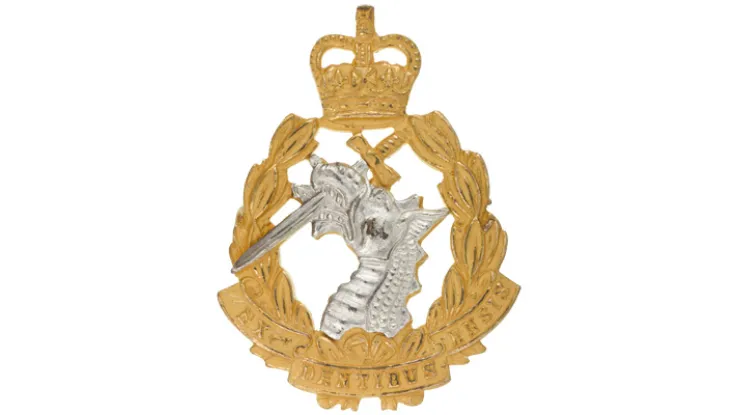Saving lives with shellfish
In 2004, the Army adopted a new kind of bandage to treat blast injuries in Iraq and Afghanistan. Haemostatic granules inside these bandages helped to clot the blood and reduced the risk of soldiers bleeding to death.
Originally, the bandages contained an artificial blood-stemming agent. But this was found to have dangerous side effects, especially if it came into contact with people’s eyes.
In 2007, they started using chitosan, a natural substance made from shellfish that becomes sticky on contact with blood.
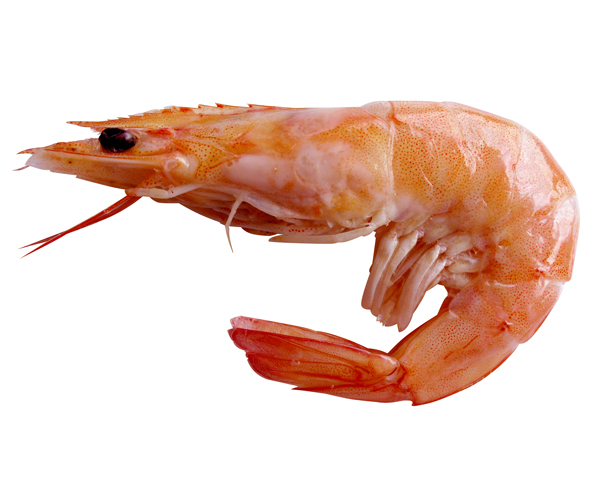
Chitosan is made from the shells of prawns and shrimps
Getting to grips with fish skin
Fish skin, sometimes known as rayskin, was often used on British officers’ sword grips in the 18th and 19th centuries. It had several properties which made it a much better choice than leather or wire.
Rays and sharks naturally possess beaded skin with round, close-set scales. The rough texture of these scales makes them easy to hold onto. Leather manufacturers attempted to replicate the texture of the scales, but couldn't find a way to do so.
Another benefit of fish skin was its water resistance. Unlike leather, it didn't become slippery when wet, and it was less likely to deteriorate, shrink or break over time.
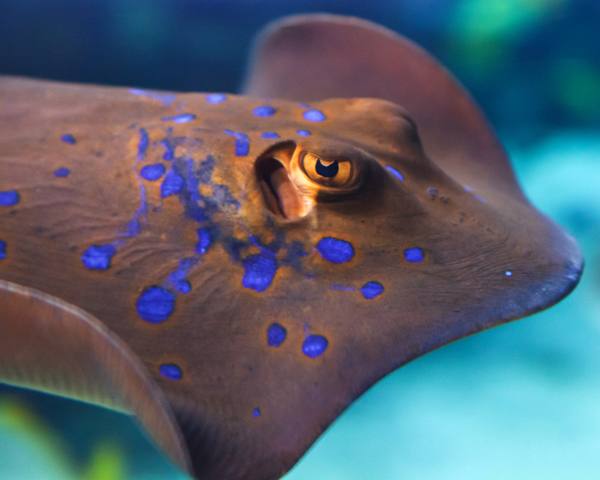
Fish skin was commonly taken from stingrays or sharks, although dog fish and skate skins were also used
Putting the army in the picture with cuttlefish
Sepia, or cuttlefish ink, was widely used in 19th-century photography. The process, which became known as sepia toning, made the photographs more durable and added a warm, brown hue. Many felt these images gave a more realistic impression than early black and white photographs.
Roger Fenton, one of the first war photographers, made use of this process in many of his pictures of the Crimean War (1854-56).
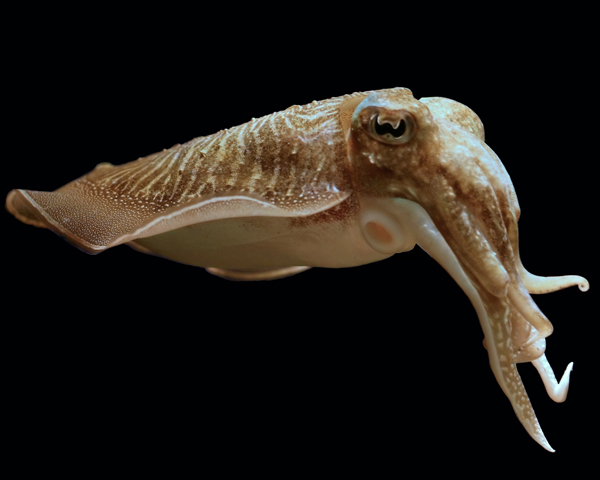
Sepia is the Latin word for cuttlefish ( © Hans Hillewaert CC BY-SA 4.0 via Wikimedia Commons)

